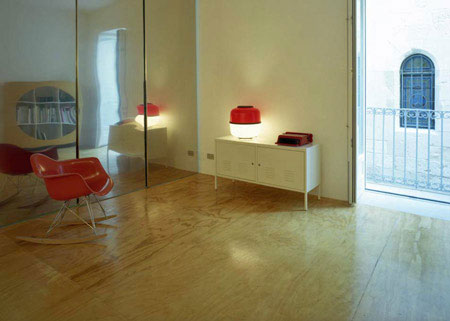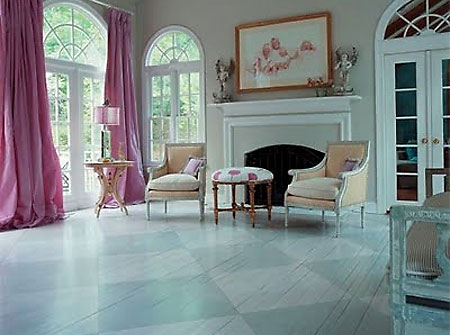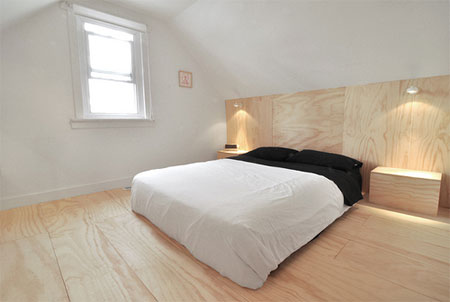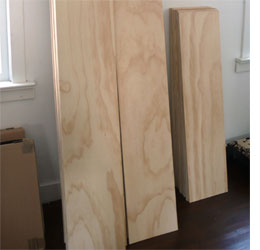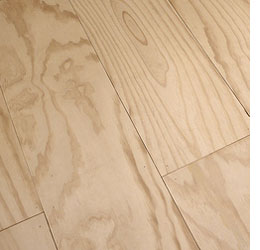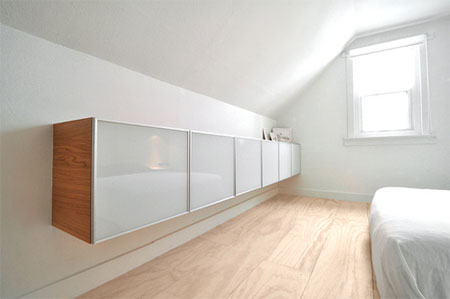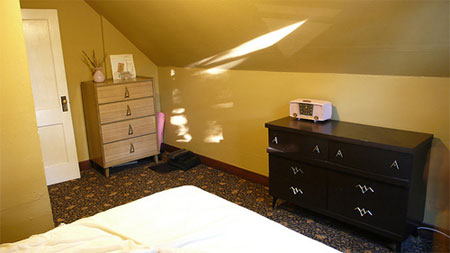Install plywood floors
So many homeowners are looking for affordable - and eco friendly - ways to update and improve a home. I recently came across an article or two on installing plywood as flooring and while I originally had my doubts, after giving it some thought I realised that you can indeed use plywood for flooring - and it's probably a great idea for a den, games room, children's bedroom or playroom.
It's very affordable, it's a recycled product and it's also easy as a do-it-yourself project.
When you think about it, plywood has been used as a flooring substrate for a long time. Laid under tile, under carpet and under laminate floors to provide a level surface, plywood is extremely durable with minimal expansion and contraction.
Marine plywood is a more expensive option to commercial plywood or shutterply, but does offer a much nicer finish and is waterproof against occasional wetting. Used in boat construction, marine plywood is available in large sheets that can be cut down to the size or sections required.
My only concern... there is a lot of sub-standard product out there. You need to be especially careful when buying plywood that you are not buying low grade board. Ask to see the product before you buy.
Installing a plywood floor
The first step when deciding to lay a plywood floor is to determine how you will lay the floor.
Do you want solid sheets, panels in a particular size, or planks. You can have the plywood boards cut to any [square or rectangle] shape or size at your local timber merchant or builders supply centre. In the project shown here, the boards were cut into 150cm long x 30cm wide strips. For interest, some of the strips were cut into half sections of 75cm x 30cm strips.
Now that you have the cut sections, how will you lay them?
While you can lay plywood over any type of existing floor - carpet and underlay must be removed, tiles need to be fixed firmly and existing flooring must be in good condition. Fastening methods will depend on the type of existing flooring and the style of flooring that you are laying.
Where you are laying over concrete or existing tiles it will be necessary to use a strong adhesive such as Pattex No More Nails or Contact Adhesive.
Finish off with two coats of clear polyurethane varnish to protect the surface from stains and spills.
Before and After
images flickr

